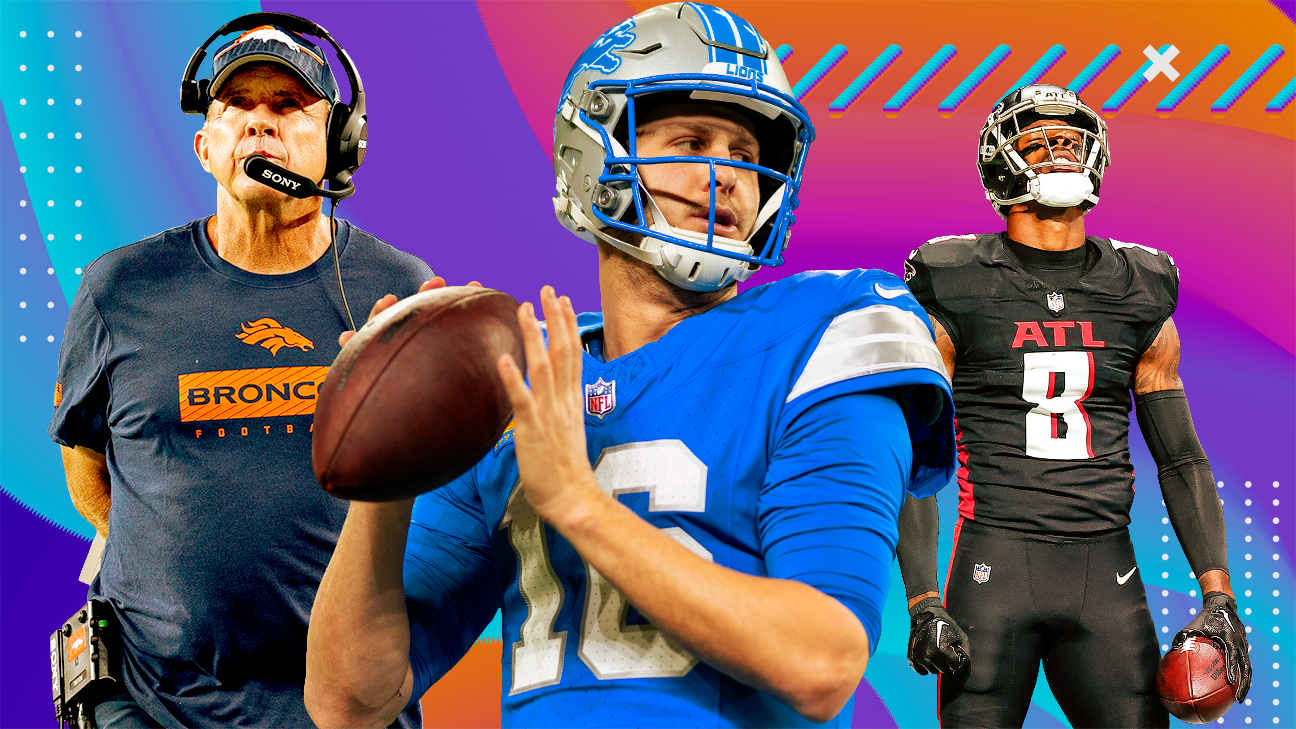What's next for Oura Ring in personal health and fitness monitoring, according to CEO Tom Hale
Oura has leaned further into providing wearers of its eponymous connected ring with a fuller picture of overall health and wellness.


When the idea for the Oura Ring was first spawned in 2013, the company's founders envisioned a device that would take a precise look at sleep and recovery, two important aspects of overall health that they felt few wearable tools had prioritized to that point.
Now, over a decade later, Oura's ambitions have evolved to transform healthcare and personal health, all while disrupting the growing wearables industry.
"The vision for the future of Oura has to do with the doctor in your pocket," Oura CEO Tom Hale said in an appearance on CNBC's "Squawk on the Street" on Tuesday. "Everyone already has kind of a supercomputer in their pocket — everyone should have a wearable device which is monitoring them continuously that just fits into their life, and then a machine intelligence which is overlooking them to provide them preventative personal care to help them live their best and healthiest life."
Oura, which was ranked No. 23 on the 2025 CNBC Disruptor 50 list, has hastened its shift towards broader health monitoring through a combination of technological upgrades, product advances, fundraising, acquisitions, and the usage of AI, LLMs and analytics. That has helped the company broaden its vision from just sleep to cardiovascular health, stress & resilience, women's health, and now nutrition and eating habits.
It also means evolving beyond tracking things just with a ring, leading Oura into new partnerships with companies like Dexcom, one of the leaders in glucose biosensing via its glucose monitor, and through features like an AI health coach and the ability to take pictures of your food and upload it into the app for nutrition breakdowns and AI-driven advice.
More coverage of the 2025 CNBC Disruptor 50
While that pushes Oura further into a broader wearables category competing alongside more all-in-one devices like watches from Apple, Google and Samsung, as well as focused fitness devices from companies like Garmin and Whoop, Hale said that the rest of the category "pushes us to go further and farther ahead in creating innovations that are going to blow people's minds."
"We're really focused on the things that matter that are going to change your health picture," he said.
Hale said he believes one of the biggest competitors Oura faces is "people just not being aware of the benefits" of wearing the ring, but the company's increased focus on overall health and wellness is resonating with consumers.
In June 2024, Oura announced that it had sold more than 2.5 million rings. Now, about a year later, Hale said the company has "roughly doubled the business, and we continue to grow."
Hale said the company had previously announced it was going to do about $500 million in revenue last year, and this year "it's definitely going to be a lot larger than last year."
While that doesn't mean an IPO is on the horizon — Hale said the company has "some catching up to do before we're ready to be a public company" — Oura sees plenty of room ahead to continue to lean into what its ring wearers are increasingly looking for.
"We see a world where you might be using some sensor for some amount of time to learn some lesson, but the device you're going to have on your body to monitor your sleep, your activity, your overall health [and] make predictions about your health, will be the Oura Ring," Hale said.
Sign up for our weekly, original newsletter that goes beyond the annual Disruptor 50 list, offering a closer look at list-making companies and their innovative founders.

 Hollif
Hollif 



















![The 2026 AI Search Benchmark Every SEO Leader Needs [Webinar] via @sejournal, @lorenbaker](https://www.searchenginejournal.com/wp-content/uploads/2025/11/1-259.png)











